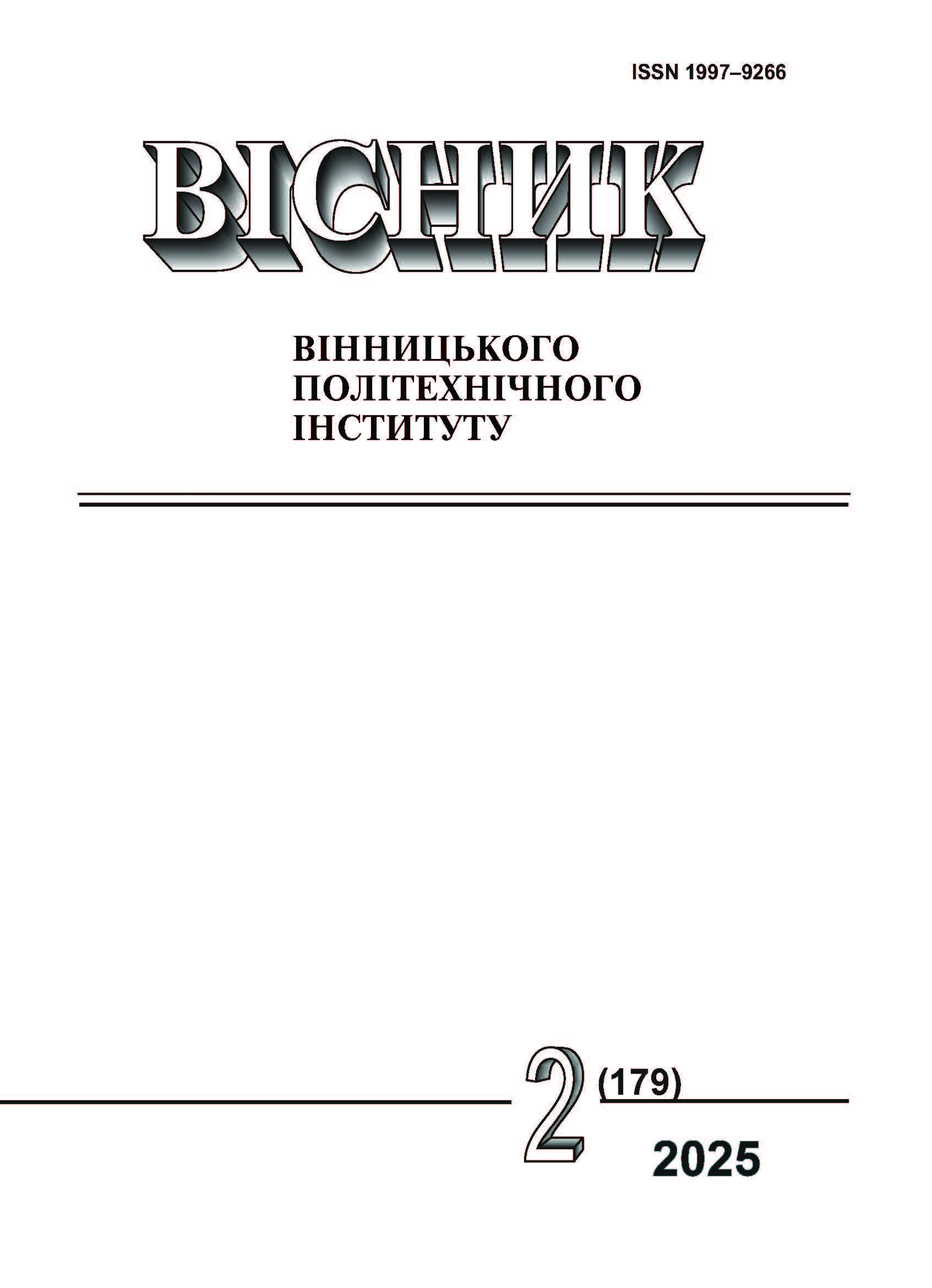Intelligent Technology for Converting Natural Language into SQL Queries
DOI:
https://doi.org/10.31649/1997-9266-2025-179-2-127-131Keywords:
AI, neural networks, machine learning, LSTM, natural language processing, SQL, DBMSAbstract
Data has become an integral component of the modern world, playing a critical role in the global economy and the resolution of social issues. They enable deep analysis and the consideration of quantitative information in decision-making. However, effective data manipulation requires users to have deep knowledge of Structured Query Language (SQL), which can be a significant barrier for various user groups, including small entrepreneurs and large industrial companies. Typically, data entry is controlled by humans, which can lead to human errors and significant time expenditures during the formation of complex SQL queries. The relevance of implementing methods that facilitate this process is high, and the technology for generating SQL queries from natural language input, discussed in this article, represents significant interest. This automation method can radically enhance productivity by reducing errors and complexities often associated with SQL queries, allowing users to focus on contributing ideas that can transform reality. This innovative model is based on advanced technologies for processing natural language (Natural Language Processing, NLP) and deep learning. The use of Long Short Term Memory (LSTM) networks enables the system to effectively understand natural language and predict the appropriate SQL queries. The result is processed by the system, and the final query is displayed to the user in an understandable format. Implementing such a system not only simplifies the learning of SQL for new users but also increases efficiency for those already familiar with SQL, allowing them to work more productively.
References
Chollet Francois, Deep Learning with Python, 2018, pp 83-90.
S. Hochreiter, and J. Schmidhuber, Long short-term memory, 1997, pp. 1735-1780.
Anatomy of a Compiler, 2024. [Electronic resource]. Available: https://www.cs.man.ac.uk/~pjj/farrell/comp3.html .
A. Rajaraman, and J. D. Ullman, Data Mining of Massive Datasets, 2011, pp. 1-17.
Christopher D. Manning, Prabhakar Raghavan, and Hinrich Schütze, Introduction to Information Retrieval, Cambridge University Press, 2008, p. 27.
Thomas Müller, Ryan Cotterell, Alexander Fraser, and Hinrich Schütze, “Joint Lemmatization and Morphological Tagging with LEMMING”, in Conference on Empirical Methods in Natural Language Processing, Lisbon: Association for Computational Linguistics, 2015, pp. 2268-2274.
Downloads
-
pdf (Українська)
Downloads: 56
Published
How to Cite
Issue
Section
License

This work is licensed under a Creative Commons Attribution 4.0 International License.
Authors who publish with this journal agree to the following terms:
- Authors retain copyright and grant the journal right of first publication.
- Authors are able to enter into separate, additional contractual arrangements for the non-exclusive distribution of the journal's published version of the work (e.g., post it to an institutional repository or publish it in a book), with an acknowledgment of its initial publication in this journal.
- Authors are permitted and encouraged to post their work online (e.g., in institutional repositories or on their website) prior to and during the submission process, as it can lead to productive exchanges, as well as earlier and greater citation of published work (See The Effect of Open Access).





